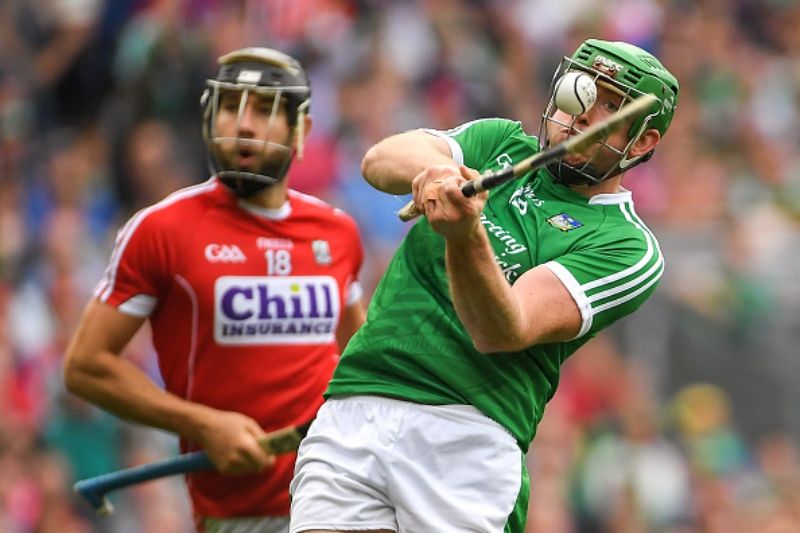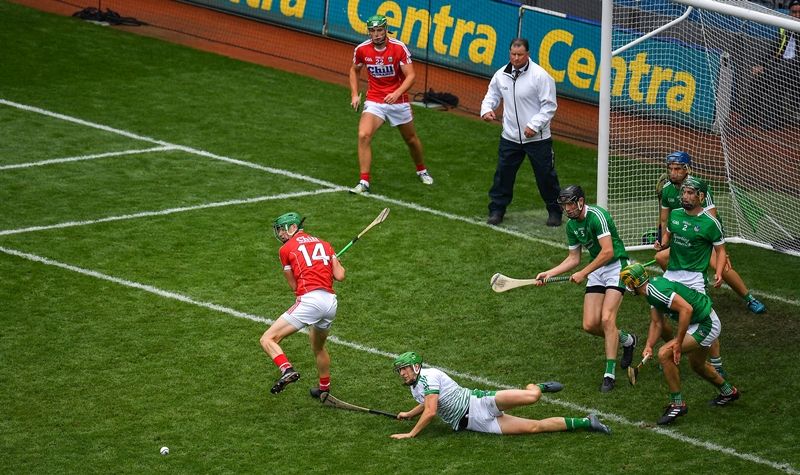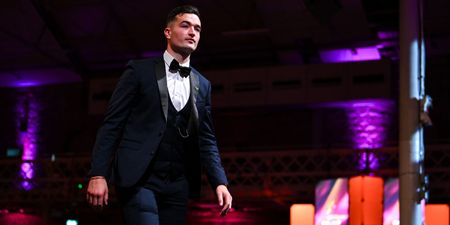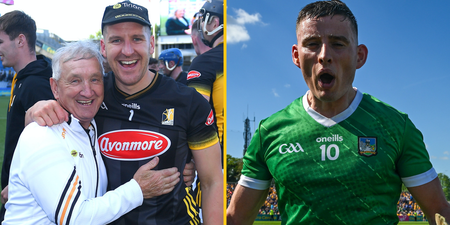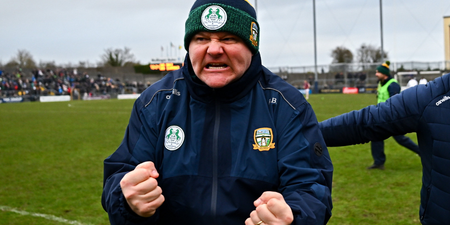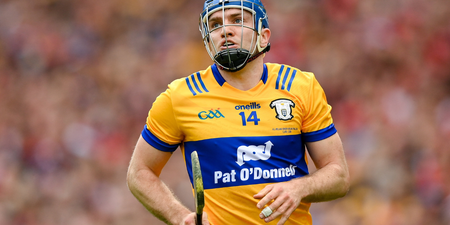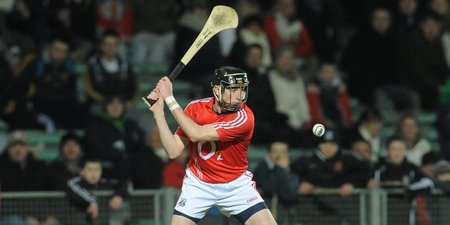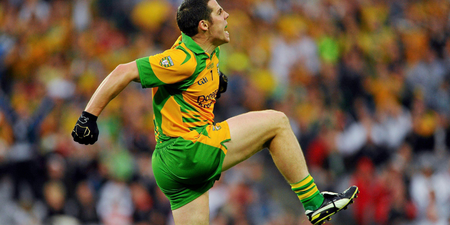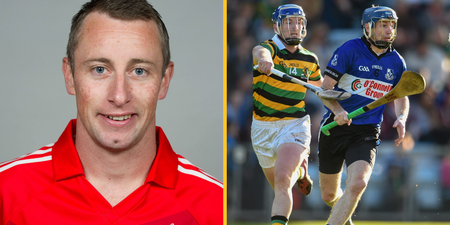In a summer where the World Cup was an unexpected hit, and the Dubs got taken out of Croker, the hurling championship has managed to out-do it all.
Epic encounters, record breaking games, and some simply outrageous score taking have made it a memorable summer for players, managers and spectators.
Last weekend’s Croke Park classics in particular will live long in the memory, and we get to relive it all again on Sunday as Galway meet Clare again, to decide who will join Limerick in this years decider.
Saturday’s game was the highest scoring All-Ireland semi final draw on record, whilst Sunday’s encounter was the highest scoring championship game… ever!
Colm Parkinson spoke off these high-scoring encounters in his weekly column, suggesting that it may be down too half forwards who drop deep and can score from distance.
“For me, it boils down to the half forward lines dropping deep in hurling. This is a relatively new phenomenon started by Kilkenny and borrowed from Gaelic football. Every team now has a half forward line that is mobile and very hard working but, crucially for some teams, they’re also able to deliver quality ball and score themselves.” Wooly said.
On this weeks episode of the GAA Hour, Wooly sought out the expert opinions of Liam ‘Cheddar’ Plunkett and Michael Carton. Why are we getting such high-scoring matches in hurling?
“This one is kind of boggling my mind, the increase in scoring, the increase in shots on goal, in the last three or four years there’s been an upward trend, and last weekend it went to new levels.”
Wooly continued, “The stats from last weekend are off the charts, there was 130 scores recorded over the 197 minutes. In total there were 214 shots at the target. That has never been seen before, it’s phenomenal, it’s unbelievable. Why is this lads? Surely the marking isn’t tight enough, or is it puck-out strategies? Is it going to be a trend we see increasing in the future?
On the topic of whether there was too many scores, Cheddar pointed out that supporters come to see scores, so we can’t complain about it. He puts it down to the standard of coaching that is being invested into hurling players from an early age.
“The level of coaching that goes on now right throughout a young players career, through his club, his school, third-level, into development squads, right up to senior level is way ahead of what it was in the 60’s, 70’s or 80’s”
Cheddar highlighted Limerick as a county that are reaping the awards of high coaching standards, not only the county team, but also their clubs.
“It’s interesting to broaden that discussion and look at Limerick. They have got to where they are with the quality of player that they have, and when you look at the strength of Limerick clubs in All-Ireland club championships, it’s clear that they have a very very high vision of their clubs to be All-Ireland champions. In order to be that you must have fantastic development plans to bring your players to that level.
“So the level of coaching and the development of players, right from under six, right up to minor and then to senior has to be very high. So you take that into the way they play. Pace, possession, precision game is all about trying to create better scoring opportunities for your better shooters. Getting them into the right places, to take the right shots. If that is the strategy by which you hurl, you’re going to create more chances, which in turn creates more scores.” Cheddar said.
Former Dublin hurler Michael Carton agreed with Wooly’s assessment that half-forwards dropping deeper and deeper is leading to more scores. However, he flipped this theory on its head, citing that the half-backs themselves are the one’s benefiting from this style of play.
“I think the half-back theory has a huge part to play in it, from playing half-back my whole career, it evolved so much. You used to just mark your man and stay in the same position, forwards would rotate. Now the half-forward line go back and help their own backs and congest their back line.”
“For a while you follow them, but then realised that left a big gap in front of your full-back line, and when you stay back there, there is so many scoring opportunities (for half-backs). I don’t think I scored in championship for the first six years as a half-back, then all of a sudden you’re coming out with ten points a season. You are left with acres of space and the confidence to go forward, goalkeepers can pick you out then because the half-forwards are leaving you open. It is a huge thing.” Said Carton.
There are so many variables as to why we are getting so many high scoring games. Pinning it down to one reason in particular would be wrong. The game has evolved massively, and continues to do so, and that is not a bad thing.
Cheddar’s point that supporters go in the hope seeing a high-scoring game is very much true. We all love a thrilling encounter where both teams go tit-for-tat on the score board. So if this is the way hurling is going to go, then long may it continue.


